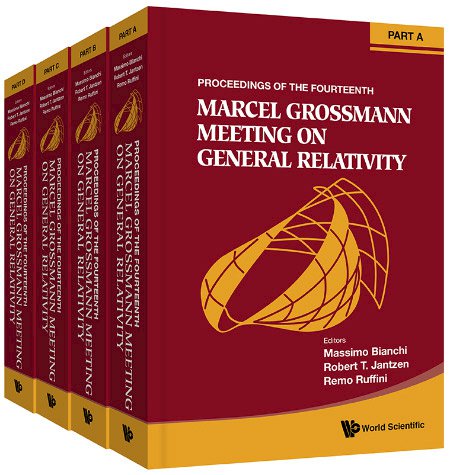Prospects for testing general relativity and alternative theories with clocks on satellites in Earth orbit
We discuss prospects for the most stable space-qualified atomic clocks to test general relativity in potential future satellite missions in Earth orbit. By comparing the tick rate of a clock on a satellite to ground clocks, the redshift is obtained. Choosing a highly eccentric orbit will boost relativistic effects at pericenter due to low altitude and high velocity. We find that with a clock having a fractional timing instability of 10−15 to 10−16 on such an orbit, one can measure a host of relativistic effects. These include frame-dragging and the Shapiro delay of the signal light pulses. In optimistic scenarios, higher order (spin-squared) effects are measurable. Additionally, this kind of mission tests alternative theories of gravity in the neighborhood of the Earth. We find that the PPN parameters γ and β can be constrained to the 10−6 level. Current constraints are at the 10−5 level coming from radio signals of the Cassini mission traveling through the Sun’s gravitational field and planetary ephemerides. It is important to probe gravitation around different central objects since some alternative theories predict different behavior around e.g. the Earth and the Sun due to screening mechanisms.



